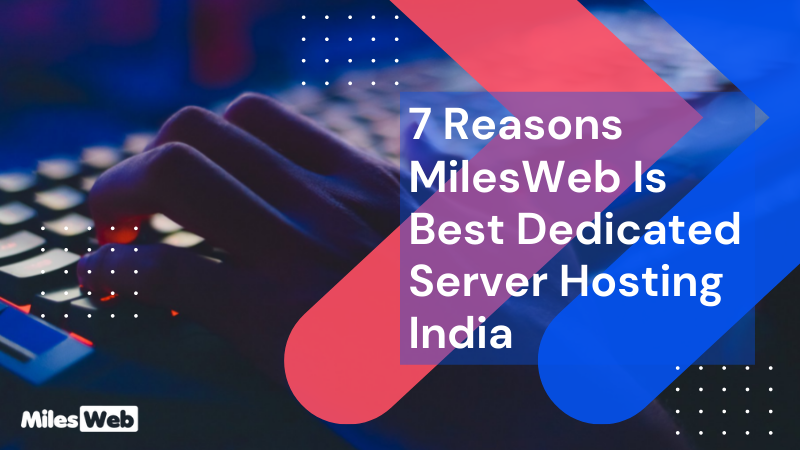As technology advances, the data protection and privacy landscape continues to evolve rapidly. That said, it is also critical for organisations to be aware of the ever-changing regulatory requirements so they can update their data protection practices and policies accordingly.
Nowadays, there are also many data privacy courses available to ensure organisations remain compliant. Investing in data privacy courses is also important for those who want to sustain their data protection management programme. The international framework for data privacy management has two cycles:
The Information Lifecycle
The information cycle describes how personal data is stored, used, disclosed, and collected in an organisation.
The Operations Lifecycle
The operations lifecycle describes the process of managing personal data. In essence, it shows how an organisation determines the risks that are related to the handling of personal data within the different processes.
It also helps ensure the data is properly protected during the handling process. It also helps warrant that the process is sustained. The sustain part of the international framework has three components: monitor, audit, and communication (MAC).
Monitor
Monitoring in data protection means you are keeping track of the data protection management programme (DPMP) amongst the parties involved. This is carried out in two steps: one focused on learning while the other is focused on assessment.
Learning is also about the creation of relevant data protection content and making it available to the individuals in the organisation. Mode of delivery can be face-to-face (through classroom sessions) or through e-learning.
With organisations now embracing the work from home (WFH) setup, delivering the content via a portal or an online website has become the norm. The portal should also provide the ability to the DPO to push content to the users with ease.
Audit
Business entities will conduct a yearly audit of processes and financial statements. Similarly, organisations that are handling personal data need to carry out regular audits of their data protection programme to remain compliant.
The audit is carried out for a department, process, or organisation-wide. The auditing process will include checking the SOPs, notices, and policy documents. Other areas that are considered a part of the process can include administrative, technical, and physical procedures.
The audit team (which can be external or internal) will set the objectives and approaches. They will also define the scope of work. Once the audit has been completed and the findings are recorded, a report will be provided to the management so any corrective actions can be carried out when required.
Communication
It is crucial for the organisation to effectively communicate with their employees and to inform the employees about data protection policies. When the relevant updates are sent, it is crucial to keep track of those who have read the information.
This process will show the regulators that you have accountability as it is evidence that the organisation has a well-documented and systematic approach to communicating content that is related to personal data.
Managing an effective and robust data protection management programme (DPMP) can be done through sustaining the efforts that have been carried out by the organisation. Organisations can also sustain their DPMP efforts through monitoring, auditing, and communication.
It is also recommended that organisations make use of software tools like DPOinBOX. It is built on features and specific frameworks that are designed to ensure that their data protection management programme is a seamless and easy process.


